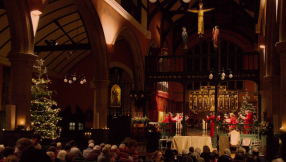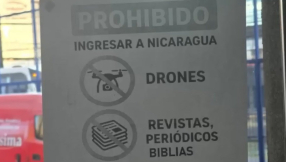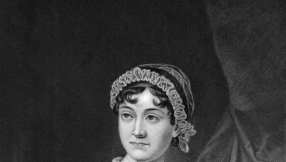After March's terrorist attacks in Westminster, London, how should the city's churches respond? Christian Today spoke with churches across Westminster about the crucial balance of security, serenity, and not giving in to a culture of fear.
Following the attacks at London Bridge area, Britain has seen three terrorist attacks in Britain in three months, prompting anxiety about rising terror threats and public safety. On Monday the Dean of Westminster, the Very Rev Dr John Hall, shared a statement on 'Keeping our churches, cathedrals and abbeys safe'.
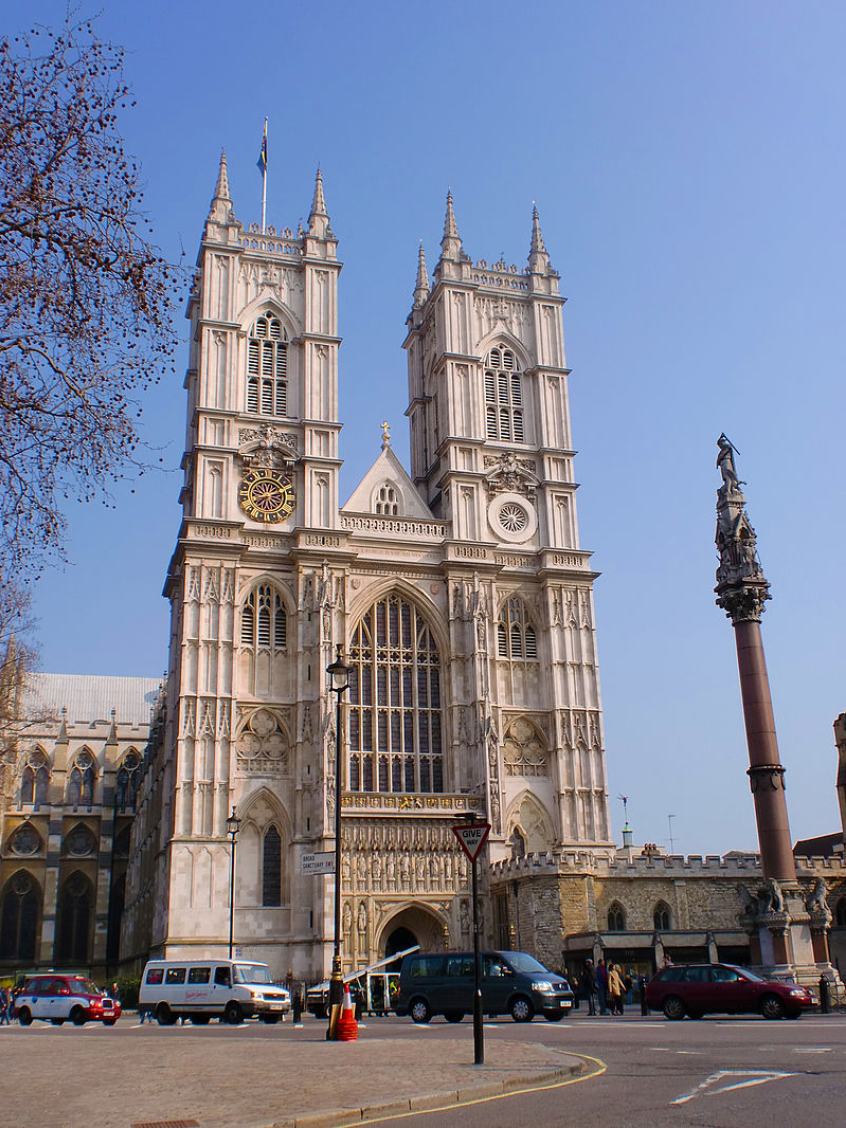
Hall, who presides over Westminster Abbey, said Abbey security had been reviewed by the Metropolitan Police but the church had endeavoured not to turn the site into 'a fortress'. The church decided not to erect a security barrier akin to that surrounding the Palace of Westminster (the Houses of Parliament).
He added: 'Even so, we know that the Abbey is not immune from attack. We need it to be open and welcoming, but also safe.' A professional head of security has been appointed, and security protection staff, known as 'Yard Beadles' have been increased. Bag searches and occasionally wand searches are now more common.
The Dean added: 'The visitors are content with the security. Indeed they actively welcome it as a protection for themselves.'
Christian Today spoke with Alistair Calton, the head of security at Westminster Cathedral, the mother church for Catholics in England in Wales. Calton has been in his role for a year, a position that didn't exist before he took it. He says there is a 'trend' amongst London's major cathedrals of appointing security heads to identify weaknesses churches may have. He notes however, that this is an 'investment in safety' – much like one would want measures for financial safety – 'rather than a response to a particular fear'.
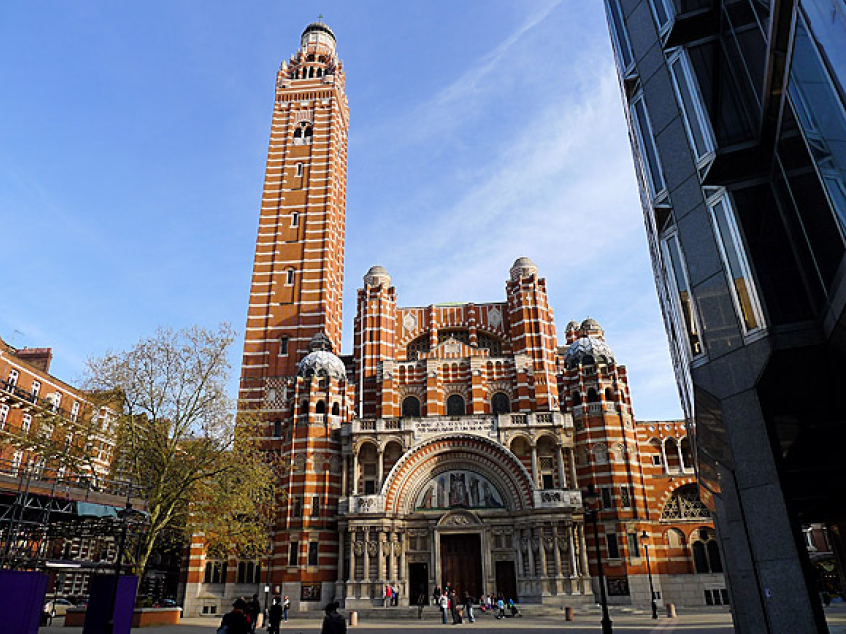
Calton notes that security in church is itself a paradox: 'Traditional security is about stopping people coming in, whereas church is about the opposite'.
He notes a further paradox in the public relationship to security. 'People look for security because they want to feel safe...but when they see it they think it's in response to something and so they feel vulnerable.' The balance then, is in providing people with safety without provoking alarm, and the church not losing its identity in the process.
Calton says that the cathedral has 'refocused' its work after recent terror attacks. He emphasises that 'We already have extensive provision in place for this sort of incident...[the attack] has given people a reminder of the threat and the relevance of that.' He says there is no intelligence implying the specific targeting of churches by terror groups.
The security provisions in place are three-fold: prevention of danger, management of live incidents and mitigation of harm. The first involves training staff in a wise awareness about security, the second involves contingencies and training for handling live threats, such as engaging with police and visitors, and the last ensures appropriate contingencies for when harm has taken place.
Again, Calton is clear: this is not about a culture of fear, but 'building a culture of awareness', and helping people to know what to look for. The cathedral is a busy and open venue, and not a pay-to-enter premise, which obviously invites risk and complexity. Staff are thus trained in searching policies, 'should intelligence indicate that would be useful'.
Balance is key however, and the cathedral, Calton says, must never become dominated by security.
'We're a cathedral and we're a place of calm – an open and inviting place of worship. If we implement a visible security strategy, the cost is that we reduce the level of serenity and calm we have in the cathedral.'
He says that 'People come to reflect on their lives, the world, their relationship with God...when security takes priority over worship, we have failed as a cathedral.'
Some of Calton's efforts will be visible, while others will be highly active – but largely invisible. Serenity and security, Calton says, 'should cohabit alongside each other...many will see no difference [in church life] ...but that is the aim'.
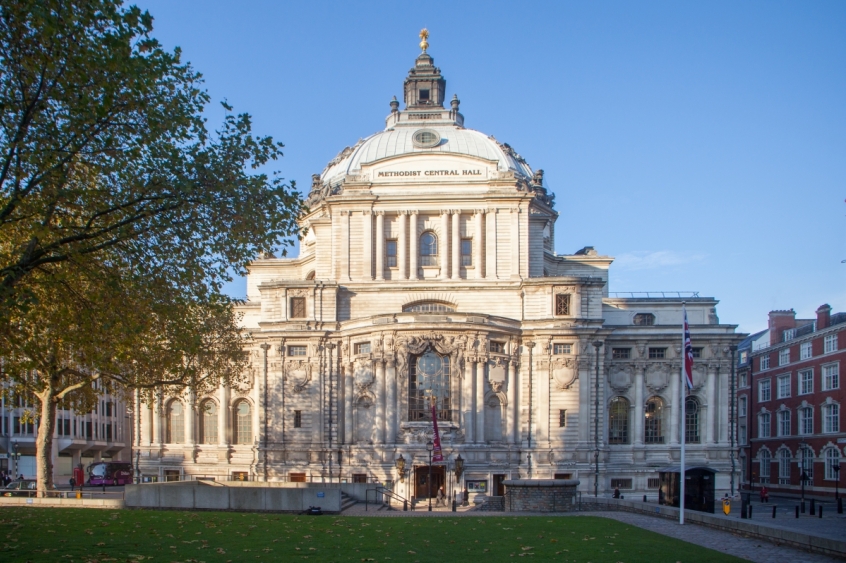
A spokesperson for the conference centre operation of Methodist Central Hall Westminster – London's largest conference venue – couldn't reveal details about the Hall's security measures, but said it had been 'reviewed...and ensured that it's as high as possible'.
London's Emmanuel Centre, another church building that doubles as a secular conference centre, said that on a day to day basis, security hasn't escalated (venue users are encouraged to hire their own security teams) but the conference centre is more vigilant.
Calton's passion for protecting the Church's capacity to provide a sacred haven and not a prison fortress is echoed by St Matthew's Church, Westminster. Isaiah Atwiine, the church's pastoral assistant, says that security measures such as CCTV, tighter door security, and electronic entry systems were all installed before the March attacks.
He says: 'We've kept the church as open as we can. We have a chapel that's open all day until 6pm. It's a balance between being cautious and remembering this is a public space for people...a place to pray.'
The church hasn't radically changed its security after the attacks, though the community has naturally become more vigilant and cautious.
On the whole, it seems the churches in Westminster haven't been cowed by terror threats and are determined to hold onto safety and security, while not forgoing the sacred, serene refuge that a church should offer.
As Atwiine says: 'One of greatest strength of our community, and of this country, is just carrying on. We have to pick ourselves up and carry on and not get stuck in a cycle of fear. As ministers, you can't do ministry if you're afraid. You're putting up barriers, and the church isn't meant to do that – it's meant to break down barriers, we're trying to do that.'
You can follow @JosephHartropp on Twitter










